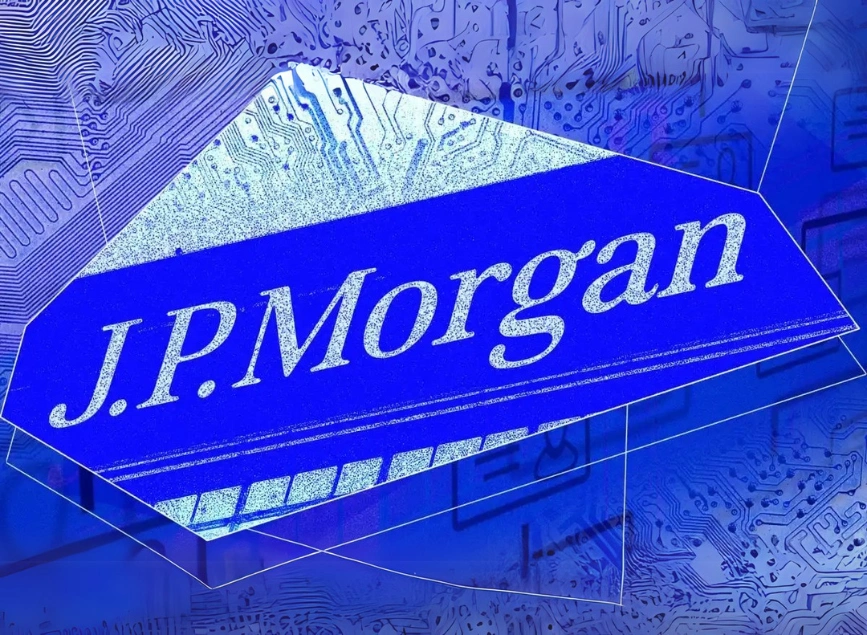
JPMorgan Warns: Tether May Sell Bitcoin to Comply with U.S. Stablecoin Regulations
Tether (USDT), the world’s largest stablecoin issuer, may be forced to sell a portion of its Bitcoin holdings and other non-liquid assets to comply with proposed U.S. regulations. According to JPMorgan analysts, these regulatory changes could reshape the stablecoin market, impacting both Tether’s dominance and the broader cryptocurrency ecosystem.
Proposed U.S. Regulations: What’s Changing?
Two key legislative proposals are currently under review in the U.S., both aiming to tighten oversight on stablecoin issuers:
- The Stablecoin Transparency and Accountability for a Better Economy (STABLE) Act – Introduced in the House of Representatives.
- The Guidance and National Innovation for U.S. Stablecoins (GENIUS) Act – Introduced in the Senate.
What Do These Bills Aim to Achieve?
Both proposals share similar objectives:
- Licensing Requirements: Only regulated entities will be allowed to issue stablecoins.
- Stricter Risk Management: Issuers must meet higher transparency and compliance standards.
- 1:1 Reserve Backing: Stablecoins must be fully backed by highly liquid assets, such as cash and U.S. Treasury bonds.
Why Is Tether at Risk?
Tether’s current reserve structure does not fully comply with these new proposed rules.
- STABLE Act compliance: Only 66% of Tether’s reserves meet the proposed requirements.
- GENIUS Act compliance: This figure improves slightly to 83%, but still leaves gaps.
- Declining Compliance Ratio: As Tether’s supply has grown, its liquid reserve ratio has decreased.
Tether’s Reserve Breakdown: What’s Inside?
Tether’s assets include a mix of highly liquid and non-liquid holdings, with some falling outside regulatory approval:
- 83,758 Bitcoin, valued at over $8 billion.
- More than $7 billion in cash and cash equivalents.
- Precious metals, commercial paper, and secured loans.
If the regulations pass, Tether will be required to shift its reserves, selling non-liquid assets like Bitcoin and gold in favor of cash and short-term U.S. Treasury securities.
What Are the Implications for Bitcoin?
A large-scale Bitcoin sale by Tether could create significant downward pressure on the market.
1. Increased Selling Pressure
If Tether is forced to liquidate billions in Bitcoin holdings, it could lead to:
- A temporary drop in Bitcoin’s price.
- Higher volatility, as large sales impact liquidity.
- Market panic, with automated trading bots reacting to price movements.
2. Ripple Effects on Crypto Markets
Tether’s USDT stablecoin is the backbone of the crypto trading ecosystem, widely used across exchanges. If regulatory uncertainty affects Tether’s stability, it could:
- Cause capital outflows from USDT into other stablecoins.
- Disrupt crypto lending and DeFi markets, which rely heavily on stablecoins.
- Trigger broader market uncertainty, influencing investor sentiment.
Read More: Understanding the Unemployment Rate: A Key Economic Indicator
Tether’s Regulatory Challenges in Global Markets
Tether is already under regulatory pressure in multiple jurisdictions:
- Europe: MiCA regulations require Tether to hold 60% of its reserves in EU banks, leading to delistings from some European exchanges.
- U.S.: Stricter transparency and auditing rules could force Tether to restructure its operations or risk penalties.
With U.S. regulators pushing for greater accountability in the stablecoin sector, Tether’s ability to adapt to these changes will be crucial for its survival.
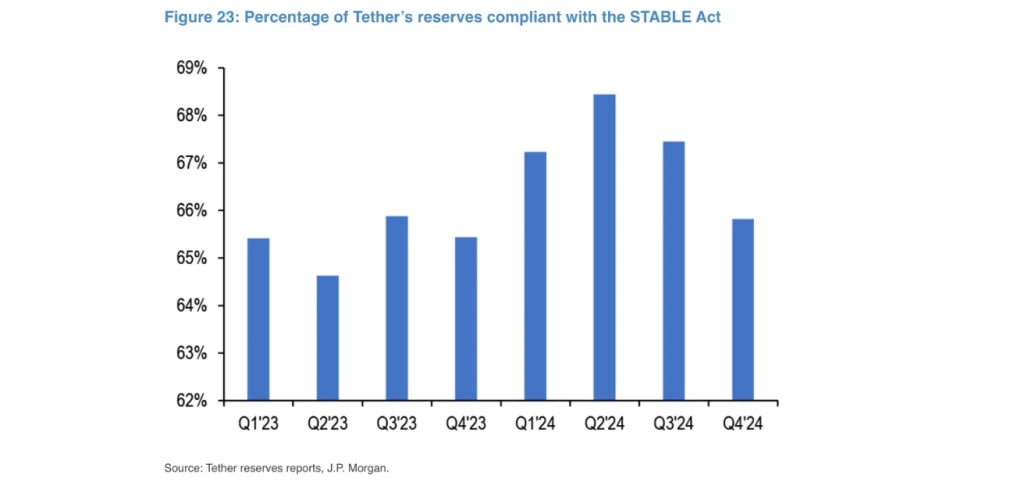
Why Stablecoin Reserves Matter
1. What Are Stablecoins?
Stablecoins are digital assets pegged to fiat currencies (e.g., the U.S. dollar) or other stable assets like gold.
- USDT (Tether) is pegged 1:1 with the U.S. dollar, making it a key liquidity source for crypto traders.
2. Why Are Reserve Backings Important?
- Preserving Stability: Without sufficient backing, a stablecoin risks losing its peg, leading to instability.
- Investor Confidence: Lack of transparency can trigger market panic and capital flight.
- Regulatory Compliance: Governments want stablecoins to be fully backed by liquid reserves to reduce systemic risks.
3. Could a Tether Bitcoin Sell-Off Spark Market Instability?
- If Tether dumps a large portion of its Bitcoin holdings, it could trigger:
- Short-term price drops in Bitcoin.
- Algorithmic trading reactions, amplifying volatility.
- Liquidity concerns, affecting overall market sentiment.
Final Thoughts: What’s Next for Tether?
If U.S. lawmakers pass these stablecoin regulations, Tether will need to significantly adjust its reserve strategy.
- The company may sell a substantial portion of its Bitcoin holdings, which could impact Bitcoin’s price.
- Increased regulatory scrutiny could push investors toward alternative stablecoins like USDC.
- The outcome will shape the future of stablecoin regulation and the broader crypto market.
For now, all eyes are on U.S. policymakers—and how Tether plans to respond to the regulatory storm ahead.
Share
Hot topics
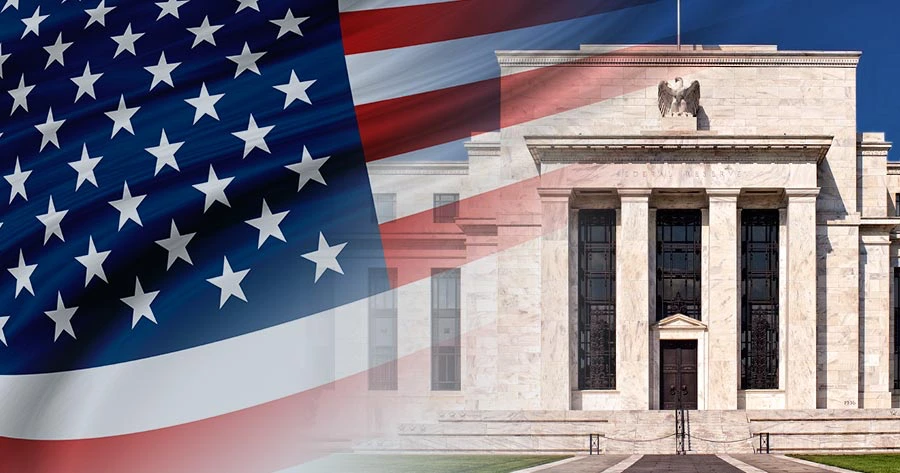
Federal Reserve’s Challenges to Trump’s New Policies
As the Federal Reserve Open Market Committee (FOMC) prepares for its upcoming meeting, all eyes are on how the Fed will respond to Donald Trump’s latest economic policies. With the...
Read more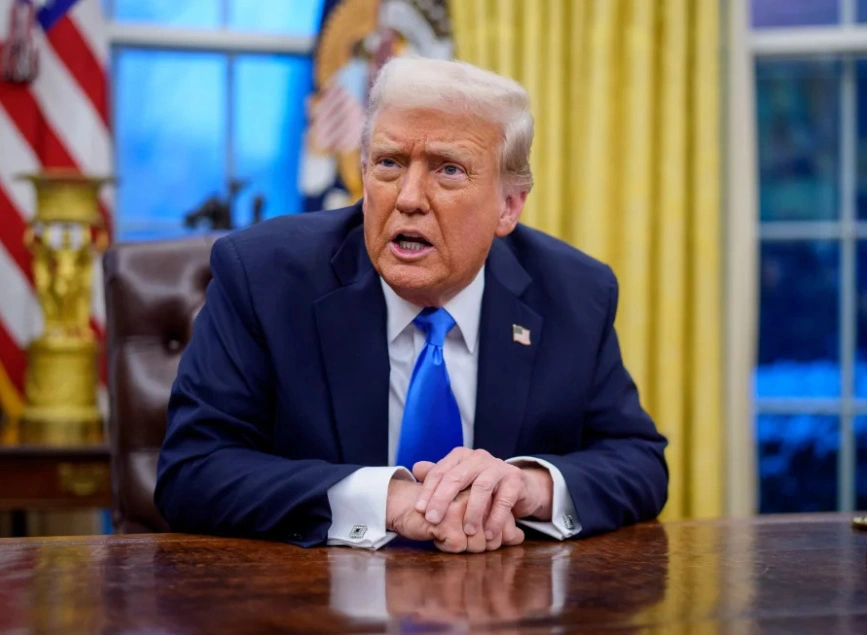


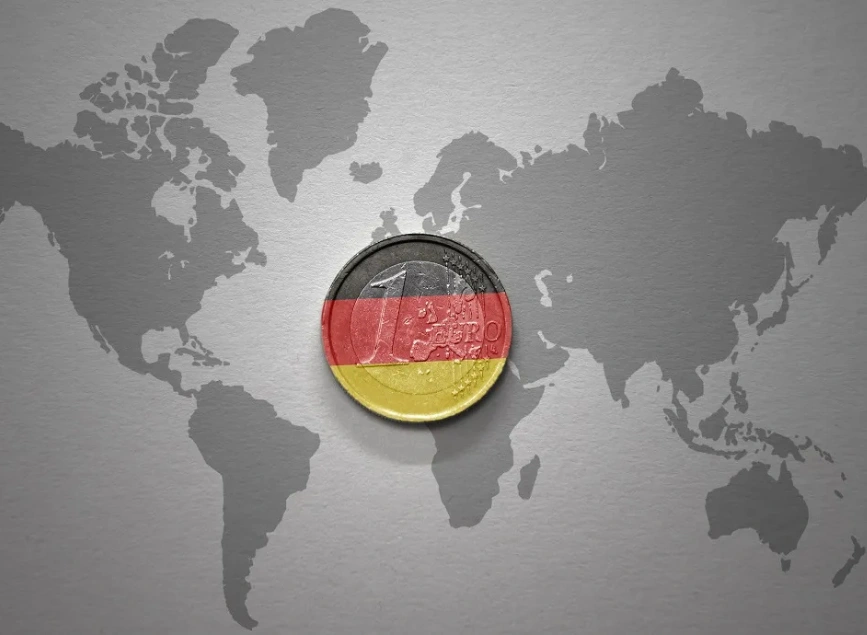

Submit comment
Your email address will not be published. Required fields are marked *